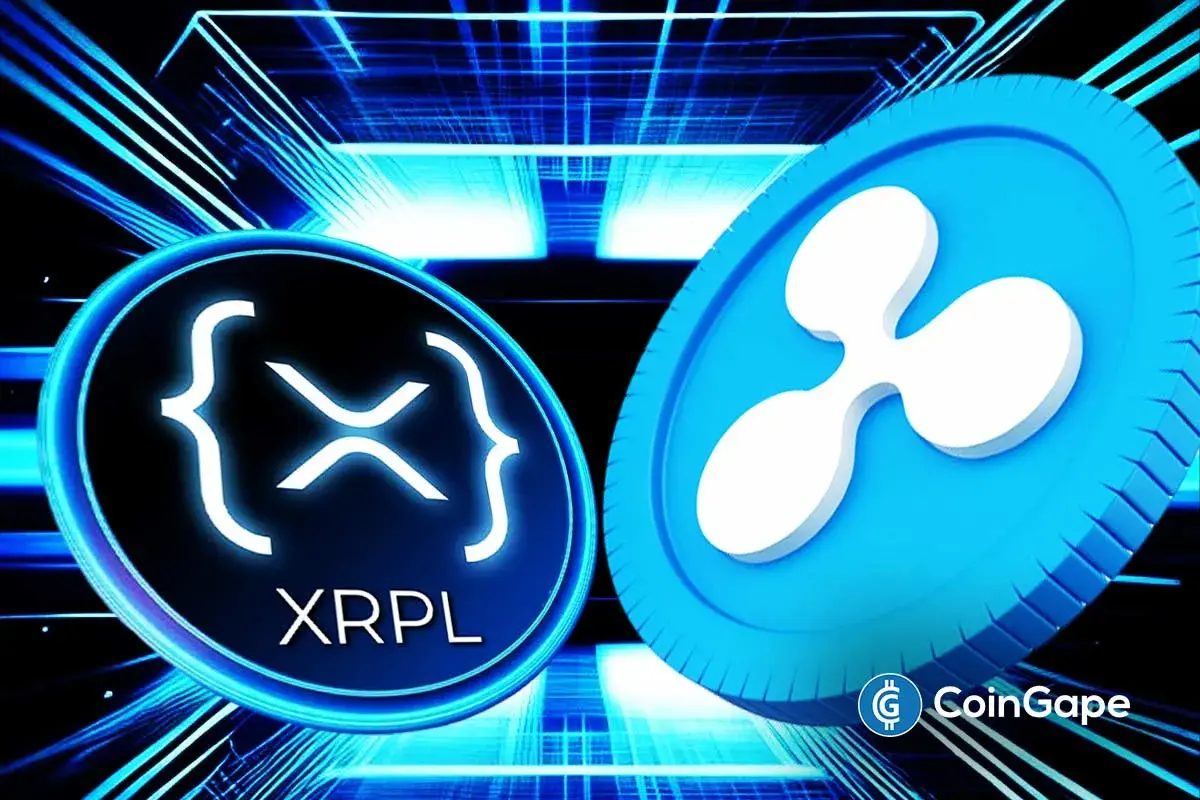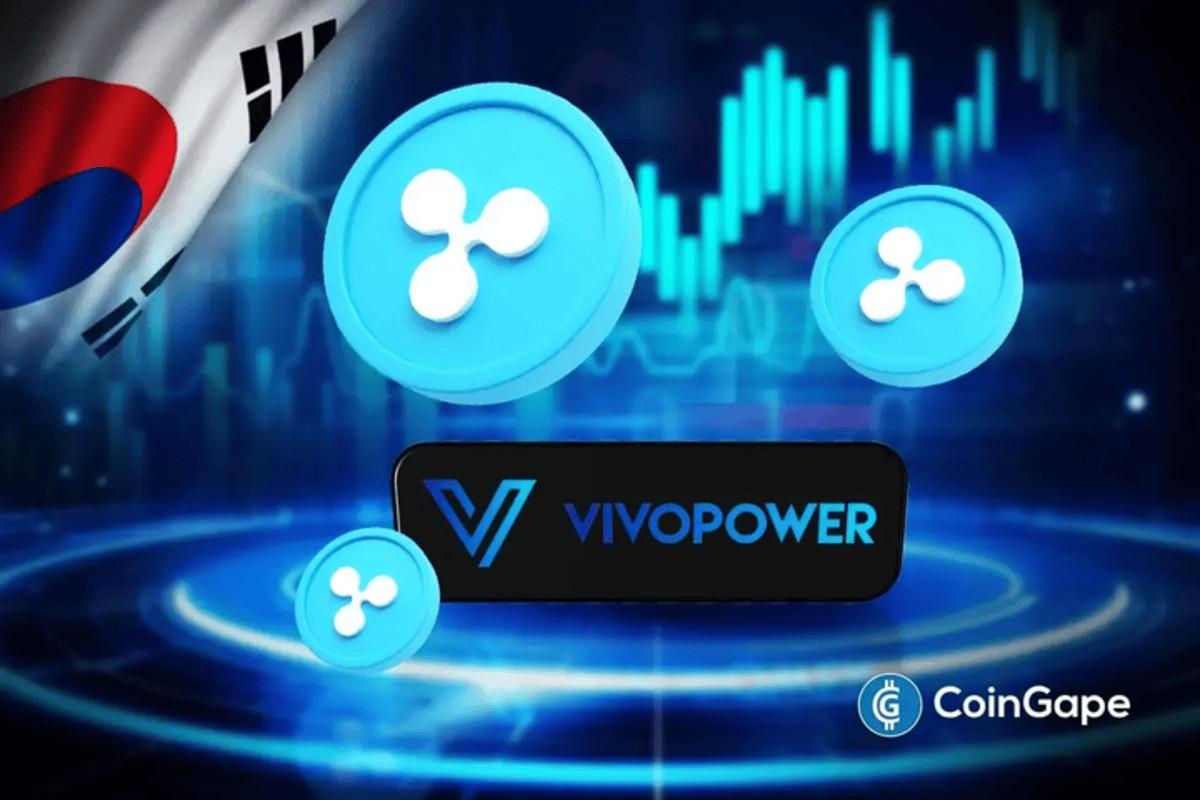Ripple Exec Reveals Why USDC/XRP AMM Pool Keeps Getting Out Of Balance

Highlights
- Ripple alum Neil Hartner delved into the intricacies of the USDC/XRP AMM Pool imbalance.
- He noted that the pool is "interesting" owing to the phenomenon.
- He pointed out the single-sided deposits made during such an imbalance.
Neil Hartner, a former Senior Software Engineer at Ripple Labs, sheds light on the persistent imbalance plaguing the USDC/XRP Automated Market Maker (AMM) pool. In a recent discourse on the matter, Hartner delved into the technical intricacies behind the phenomenon. In addition, he also addressed user queries and elucidated the functionality of AMMs.
Ripple Alum Explains USDC/XRP AMM Pool Imbalance
Hartner remarked, “The USDC/XRP AMM pool is interesting because it keeps getting out of balance.” He attributed this imbalance to occasional delays in minting USDC, which results in most of the USDC being locked up in the pool. As a consequence, arbitrageurs encounter hurdles in rectifying the imbalance promptly.
The Ripple alum added, “And the reason it gets out of balance is people continue to make poor choices with single sided deposits into an already unbalanced pool.” Meanwhile, a user raised the question of the minimal deviation from balance. He suggested it might not be a poor choice for those uninterested in dealing with the spread, slippage, and fees associated with acquiring both assets and joining the AMM.
Hence, Hartner clarified that despite the seemingly minor discrepancy, the deviation between the AMM rate and the exchange rate indicated an imbalance in the pool. Furthermore, queries delved into the feasibility of depositing into the AMM function with a single asset.
Moreover, the Ripple exec explained that while possible through a DEX trade followed by a double-sided deposit, the process entails multiple transactions, posing usability challenges for the end-user.
Also Read: Ripple CTO Explains How Native Lending Protocol Will Expand XRPL Utility
How Do AMMs Work?
AMMs function as smart contracts facilitating liquidity provision in decentralized exchanges. These contracts maintain pools of two assets and enable users to swap between them based on predetermined exchange rates. Liquidity providers deposit assets into AMMs, receiving LP Tokens in return, which entitle them to a share of the pool’s assets and fee collection.
The imbalance in the USDC/XRP AMM pool underscores the intricate dynamics of AMMs. Despite the apparent convenience of single-sided deposits, the Ripple engineer emphasized the necessity of maintaining balance for efficient market operations. As such, understanding the mechanics of AMMs becomes paramount for participants in decentralized exchanges.
Also Read: Breaking: Germany’s Biggest Federal Bank Partners Bitpanda To Offer Crypto Custody
- Michael Saylor’s “Green Dots” Message Hints At Fresh Bitcoin Buying As BTC Faces $90K Wall
- Fed’s Hammack Signals No Rush to Cut Rates as January Hold Odds Near 80%
- XRP ETFs Reach $1.21B as Asset Managers See a ‘Third Path’ Beyond Bitcoin
- Nearly $50M in USDT Stolen After Address Poisoning Scam Targets Crypto Trader Wallet
- Breaking: Rep. Max Miller Unveils Crypto Tax Bill, Includes De Minimis Rules for Stablecoins
- Will Solana Price Hit $150 as Mangocueticals Partners With Cube Group on $100M SOL Treasury?
- SUI Price Forecast After Bitwise Filed for SUI ETF With U.S. SEC – Is $3 Next?
- Bitcoin Price Alarming Pattern Points to a Dip to $80k as $2.7b Options Expires Today
- Dogecoin Price Prediction Points to $0.20 Rebound as Coinbase Launches Regulated DOGE Futures
- Pi Coin Price Prediction as Expert Warns Bitcoin May Hit $70k After BoJ Rate Hike
- Cardano Price Outlook: Will the NIGHT Token Demand Surge Trigger a Rebound?

 Claim $500
Claim $500














